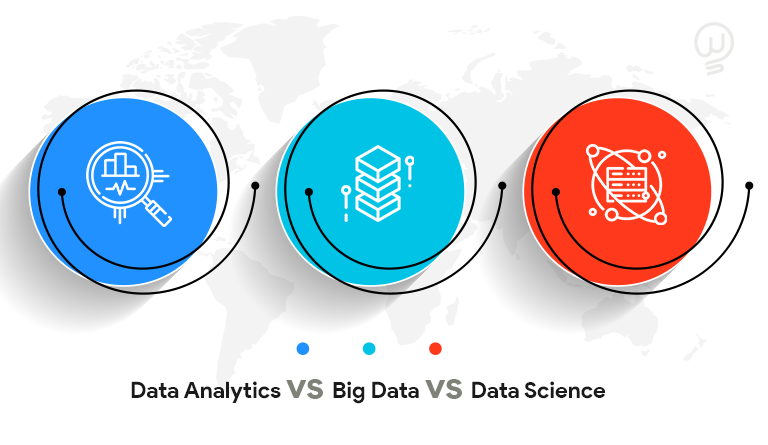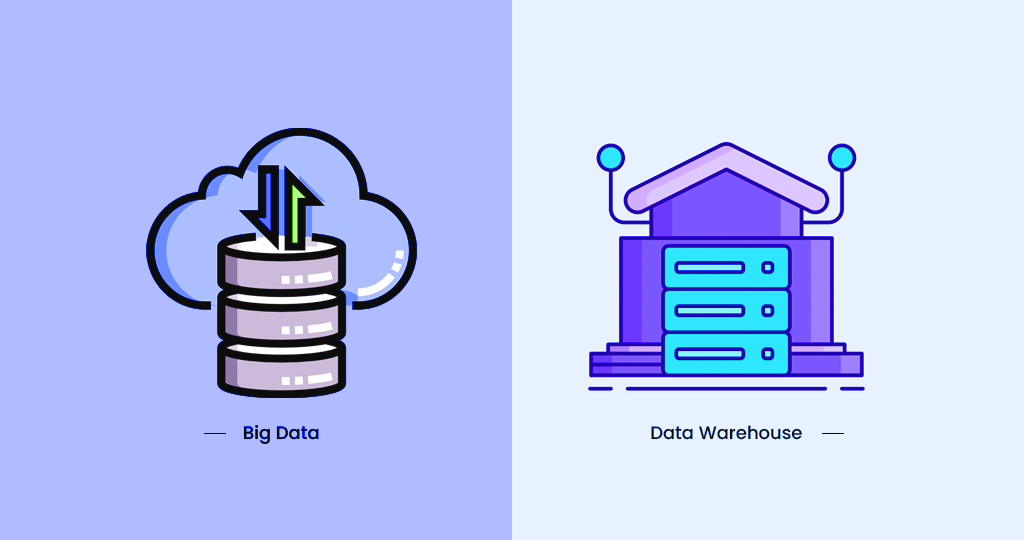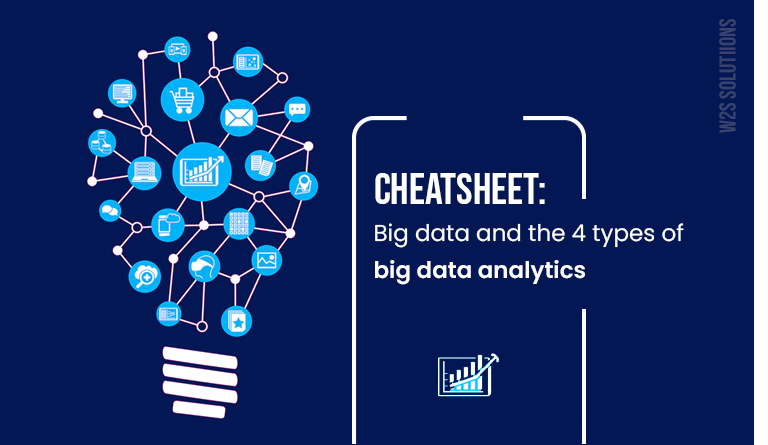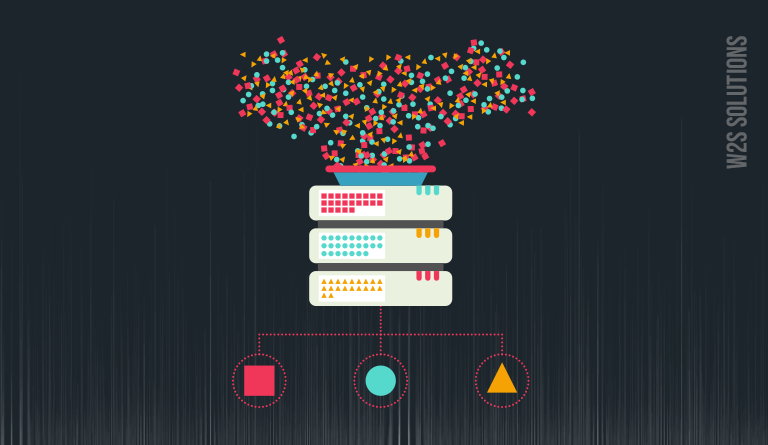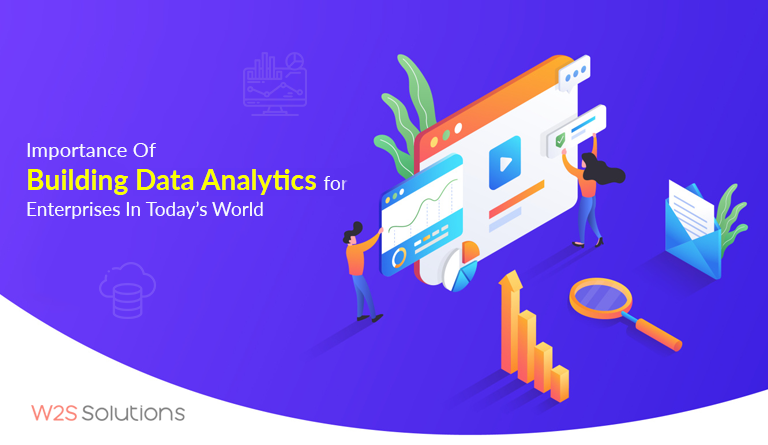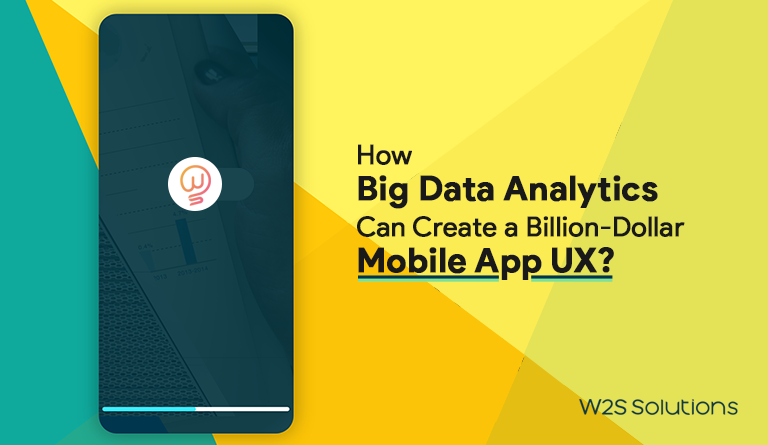In the digital world, the volume of unstructured data is rising every day. With this elephantine data, various avenues have been developed in the Big Data landscape, including Data Analytics and Data Science. Although people generally use the terms interchangeably, all of them perform varying but significant jobs. Also, there is a huge difference between these concepts.
To know the difference between these three jargon, let us first understand data. The collection of facts, as well as bits of information, is known as data. There are two types of data – structured and unstructured data.
- Structured data is the one that has a well-defined structure and order. Because it is well-defined and consistent, it is easy to store as well as access it.
- Unstructured data is an inconsistent type of data that does not have any format, sequence, or structure. It is error-prone when indexing is performed on it. This is why it is not easy to operate and understand unstructured data.
Data is among the biggest assets a company possesses at the current time. Consider bank payments. When you shop online, merchants collect your data related to your transactions, as well as of other shoppers, like –
- Mode of payment
- Time of transaction
- Date of payment
- Amount
- Frequency
Then, the merchants analyze this data and make data products based on these parameters, which exclude customers’ personal information. These data products are then sold to banks that use this information to target potential customers by offering exciting offers to them based on these data products. As a result, they are able to increase their customer base.
Understanding Big Data

Big Data refers to a significant amount of data and deals with complex and large sets of data that conventional data processing systems cannot handle. Big Data has techniques and tools that extract structured, semi-structured, and unstructured data, store this data systematically, and then produce useful information from it. There are six characteristics of Big Data, which are mentioned below.
Variety
There is a wide range of data collected from various sources, which can be videos, images, audio files, unstructured data, or documents. Big Data tools help in processing all types of data.
Volume
The volume of data generated each day from various sources is immense. Using Big Data tools, storing huge amounts of data has become easier.
Veracity
This relates to the quality of data collected. Businesses should take care of data quality while gathering it so that information is relevant.
Velocity
The number of users of the internet is growing aggressively in the digital era. Because of this, the velocity of data generation gets enhanced. Velocity here means how fast data generation along with its processing is occurring. Velocity is used to comprehend trends in data as well as meet market demands.
Variability
Market trends keep on changing, and how often they change implies variability. Big Data aids in managing it that benefits businesses to design and offer the latest products.
Value
The aim of Big Data is to collect data that is valuable for the business. This helps them increase their profits and compete in the market.
Read Also – How Big Data Analytics Can Create a Billion-Dollar Mobile App UX?
Understanding Data Analytics
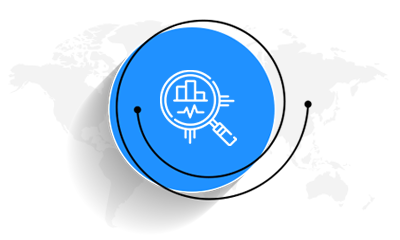
The aim of Data Analytics is to give operational insight into complicated business situations. The primary concern of data analysts is to look into historical data from a contemporary perspective and then, find challenging and new business scenarios to develop the data analytics solutions. After doing so, they apply powerful methodologies to search for better solutions.
A data analyst predicts upcoming opportunities that can be exploited by the company. So, the duties of a data scientist and a data analyst are similar to one another. But they vary in the way they are implemented. This is how a data analyst functions –
- A data analyst collects data for a company from different sources.
- They perform exploratory Data Analytics for visualizing the data.
- The data analyst then cleans and filters the data by checking reports made with the help of Data Analytics tools.
- Then, the data is examined with a data visualization tool.
- They also build useful strategies for optimizing the data’s statistical analysis.
- This helps businesses note down the market trend or growth.
Read Also – How to Build Successful Mobile Apps using Big Data?
Understanding Data Science
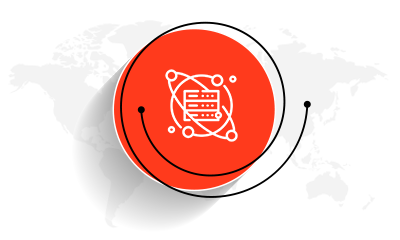
You can understand Data Science as the dicing and slicing of huge chunks of data. Data Science uses techniques for obtaining insightful trends and patterns from the data. It is the responsibility of a data scientist to uncover hidden facts in the complicated web of unstructured data. This is important because it helps in making crucial business decisions as per the market trends.
Data Science involves making of Machine Learning models as well. To understand Data Science deeply, let us understand how its life cycle.
Knowing business needs
Data scientists perform a structural analysis of a business model. They understand customer needs and market trends. This allows them to understand business requirements.
Gathering data – On the basis of business requirements, Data Science involves the collection of relevant data.
Data comprehension
After collecting data, understanding it using visualization techniques and tools is the next step.
Preparation of data – The data functions as a basis for creating an effective model and strategy. So, it needs to be prepared accordingly.
Creation of system
Using Machine Learning, Data Science helps in building models and systems on the basis of the prepared dataset. These models are used to fulfill their business needs.
Evaluation of system – Making the system is not sufficient, assessing its accuracy is also important.
Implementation of the system
After checking the system’s performance, it is placed for implementation. After that, the system is implemented.
Read Also – How Artificial Intelligence, Data Science, And Technology Are Being Used To Fight The Coronavirus Pandemic?
How Are Data Analytics, Big Data, And Data Science Different?
The three concepts are contrastingly different from one another but they work together closely and deal with the same thing i.e. data. Big Data refers to gigantic and complex data sets, and deals in the types of data formed (unstructured or structured), volumes of data created, and the rate at which data is generated. Its application areas are communication, retail, financial services, and education industries.
Data Analytics refers to the procedure of analyzing data sets to draw meaningful conclusions and information from it by using specialized software and systems. The techniques and technologies of Data Analytics are broadly utilized in the commercial industries to allow businesses to make better business decisions. Data Analytics can also be understood as the process of comprehending and devising effective trends from recorded data utilizing statistics, predictive modeling, mathematics, and machine learning techniques.
Data Science refers to the interdisciplinary field of scientific processes, systems, and methods to extract insights and knowledge from raw data in different forms. In simpler terms, it is a combination of programming, statistics, problem-solving skills, and mathematics for looking at things differently, deriving trends from data, cleaning it, preparing it, and aligning the data in order to retrieve valuable information and insights from the raw data.
